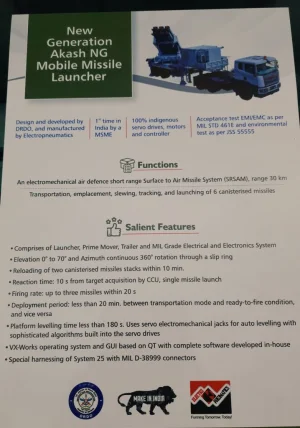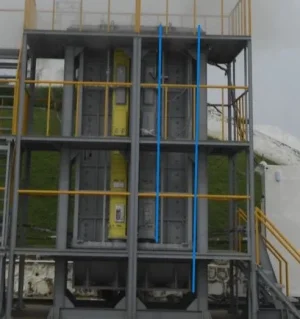- Joined
- Jul 2, 2024
- Messages
- 777
- Likes
- 3,664
Eh . Just look up the publicly available brochure for the cockril turret . It states "upto" stanag 5.
That's 30° arc protected to 25mm... Not great, not terrible. Can be uprated to 6+ like the hull 40mm without to much weight gain. It was never meant stand against the chinki tanks' main gun. That's why it needs all the APS & jammers we can mount.
For that I said the 120mm Arjun gun that can shoot CLGM. We could get rid of those launchers.






